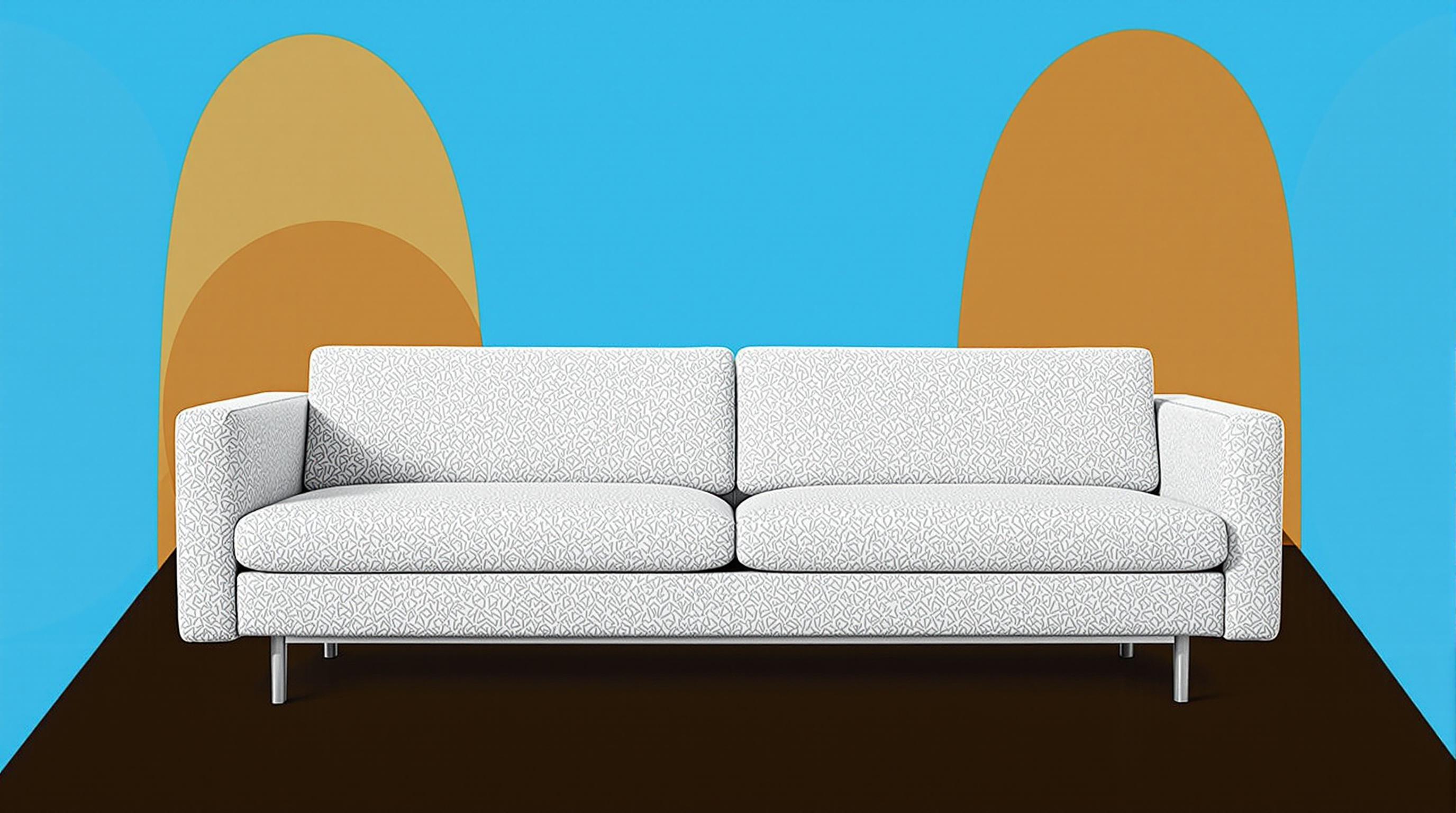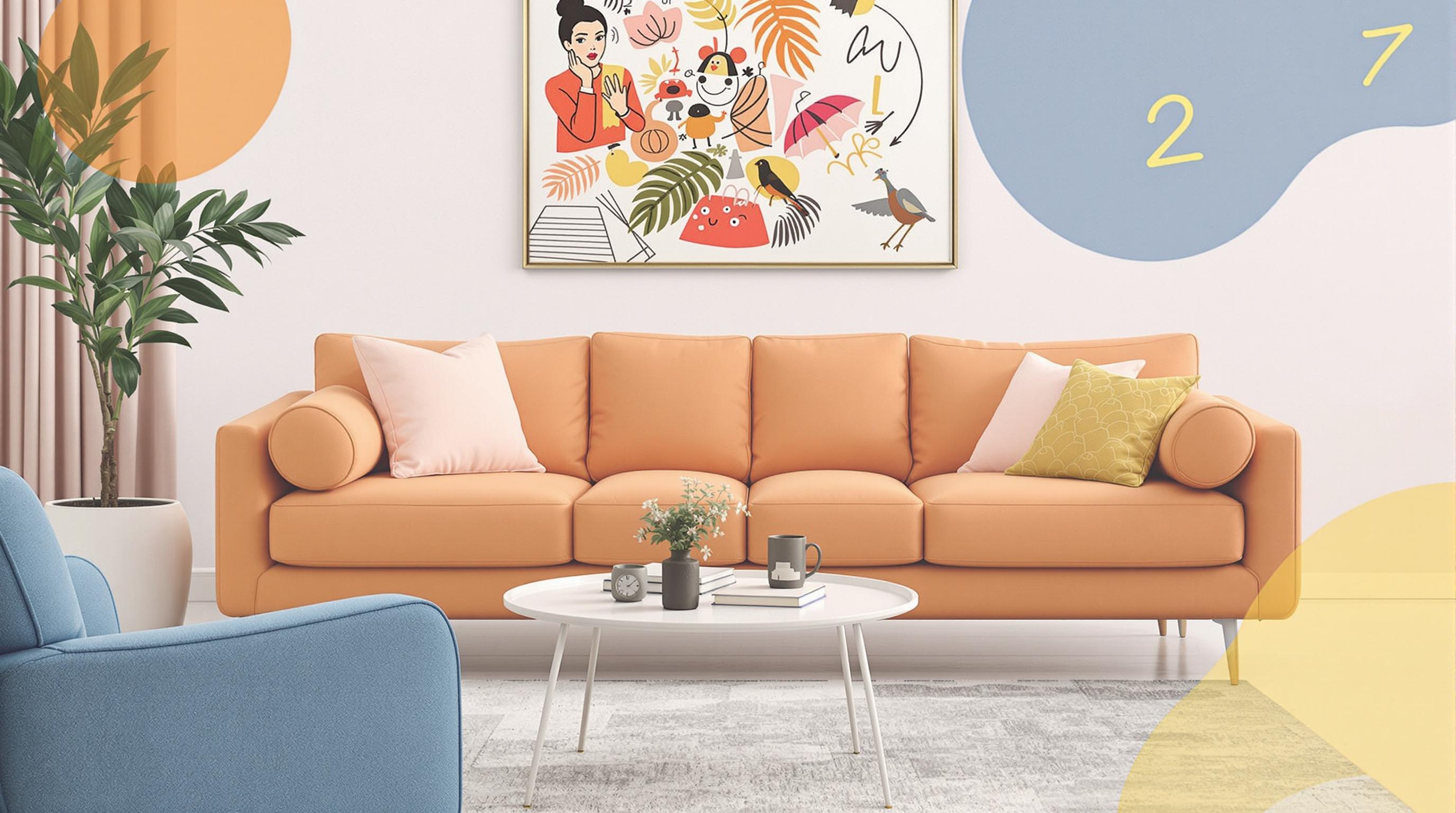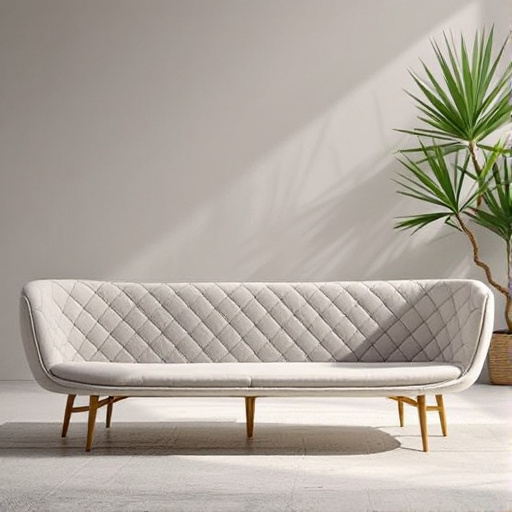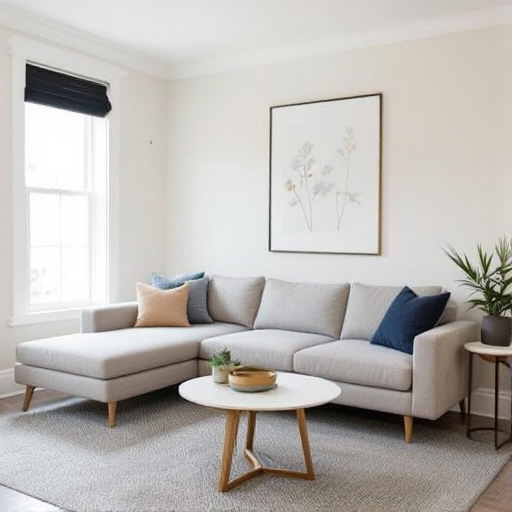Featured Articles
- 8 Essential Psychological Triggers to Consider When Choosing Furniture for Lasting Comfort and Style
- Embracing Minimalism: The Rise of Multi-Functional Furniture in Small Space Living
- "Exploring the Minimalist Movement: Furniture Choices That Speak Volumes Without Saying a Word"
- "Feng Shui Furniture: Can the Right Pieces Transform Your Energy Flow at Home?"
- "Furniture Feng Shui: Unveiling the Hidden Energy of Your Home Design Choices"
"Uncommon Materials in Furniture Design: Exploring the Allure of Eco-Friendly, Upcycled, and Biodegradable Choices"
"Uncommon Materials in Furniture Design: Exploring the Allure of Eco-Friendly, Upcycled, and Biodegradable Choices"
In an era where sustainability is paramount, furniture designers are straying from conventional materials and turning to innovative options such as eco-friendly, upcycled, and biodegradable materials. This article delves into the allure of these uncommon choices, illustrating how they not only benefit the environment but also infuse creativity and individuality into furniture design.
Understanding the Shift Towards Uncommon Materials
The furniture industry has traditionally relied on materials like solid wood, metal, and plastic. However, a noticeable shift is occurring, with designers opting for unconventional materials that hold ecological significance. As climate change and environmental decline dominate discussions, consumers are becoming increasingly aware of the impact their purchases have on the planet. According to a 2021 survey by McKinsey & Company, 67% of consumers considered themselves environmentally conscious when purchasing furniture. This growing awareness has opened the floodgates for innovative design practices.
Eco-Friendly Materials: The Renewable Revolution
Eco-friendly materials are gaining traction due to their sustainable nature and minimal environmental impact. For instance, bamboo is a popular choice among designers due to its rapid growth rate and ability to regenerate quickly after harvesting. It is not only durable but also a carbon-neutral resource. In fact, bamboo can grow up to 35 inches in a single day! Designers are utilizing this fast-growing grass to create everything from chairs to tables, providing a stylish yet sustainable alternative.
Case Study: The Rise of Hemp Furniture
Hemp has emerged as an unexpected hero in eco-friendly furniture design. A study published by the Journal of Cleaner Production highlighted that hemp cultivation requires significantly less water than cotton, making it a more sustainable textile choice. Companies like Green Furniture Concept have recognized this potential by producing furniture upholstered with hemp fabric, which is not only durable but also biodegradable. By integrating hemp, they reduce reliance on synthetic fibers, contributing to a more sustainable industry.
The Allure of Upcycled Treasure
Have you ever browsed a flea market and stumbled upon an old wooden door or an antique window frame and thought, “What if I could turn this into something spectacular?” Enter upcycled furniture – the artistic transformation of discarded materials into beautiful pieces that tell a story. Upcycling is arguably one of the most personal forms of design, allowing individuals to showcase creativity while reducing waste.
Upcycling: Turning Trash into Treasure
Upcycled furniture has gained popularity, particularly among younger consumers who value individuality and sustainability. According to a 2020 survey by the American Sustainable Business Council, 70% of Millennials were willing to pay more for furniture made from upcycled materials than for conventional options. With this shift, designers have started experimenting with reclaimed wood, old metal piping, and even discarded glass to create unique pieces that serve a dual purpose: they are functional and eco-friendly.
The Before and After: Inspiring Transformations
Take, for example, the design studio "Reclaimed Wood Furniture." They specialize in transforming old barn wood into chic coffee tables, showcasing the natural beauty of the aging material. Their pieces have become increasingly popular, demonstrating that practicality and style can coexist with environmental consciousness. A reclaimed wood coffee table not only serves as a functional element in a home but also sparks conversations about sustainability and creativity.
Biodegradable Options: The End of Life Matters
Biodegradable materials represent another fascinating chapter in sustainable furniture design. Products such as mycelium, corn starch, and recycled paper are being used to create furniture that doesn’t just minimize waste but can decompose safely once its life cycle ends. Imagine a chair made from mycelium that can return fully to the earth instead of sitting in a landfill for decades!
The Mycelium Revolution
Mycelium, the root structure of fungi, has recently captured the attention of forward-thinking designers. Companies like Ecovative have pioneered the transformation of mycelium into durable and aesthetically pleasing furniture options. In a study conducted by Yale University, researchers found that mycelium not only functions as an effective insulating material but can also be molded into various shapes, offering limitless design opportunities. Additionally, mycelium furniture has a life expectancy of around five to six years, after which it can safely decompose, leaving no environmental footprint.
Cost-Benefit Analysis: Is Sustainable Furniture Worth It?
Many potential buyers may wonder about the cost implications of investing in sustainable furniture. A study by the Sustainable Furnishings Council found that while some eco-friendly pieces may carry a higher price tag, the longevity and lower maintenance costs often offset the initial investment. Additionally, owning unique pieces crafted from uncommon materials often enhances a home’s aesthetic and value.
The Emotional Connection: Why It Matters
Beyond environmental benefits, the emotional connection many consumers feel towards upcycled or eco-friendly furniture cannot be underestimated. Each piece often carries a narrative – whether it’s the story of the reclaimed wood’s past life or the ingenuity behind using biodegradable materials. Purchasing furniture that highlights such stories fosters a deeper connection, transforming mere possessions into cherished items within a home.
Aligning with Your Values: A Personal Choice
In an age where personal values frequently intersect with consumer choices, aligning your furniture shopping with eco-friendly practices signifies a commitment to sustainability. Allowing consumers to express their personality through unique, environmentally conscious choices can deepen their sense of identity. Designers have a responsibility, and now also an opportunity, to create pieces that resonate with the values of today’s buyers.
A Humorous Take: The “Eco-Fabulous” Revolution
Imagine walking into your friend’s living room only to find a coffee table made from a retired whale’s tail. Okay, maybe not that extreme, but furniture made from sustainable materials is becoming chic, and the line between trash and treasure has never been blurrier. On social media platforms like Instagram, the hashtag #UpcycledFurniture trends regularly, showcasing everything from denim chairs to tables crafted from recycled skateboard decks – because who wouldn’t want a conversation starter in their living room?
What’s Next: Future Innovations in Furniture Design
As technology continues to advance, the potential for innovative materials in furniture design is limitless. Imagine chairs made from aerogel, a material that is 99.8% air, yet has exceptional strength and insulation properties. Researchers at the University of Cambridge have been developing production techniques to make aerogel more accessible, potentially paving the way for lightweight yet sturdy furniture options. Another exciting innovation is the use of bioplastics crafted from organic sources, enabling designers to create unique pieces that align with sustainability goals.
Conclusion: Your Choice Matters
Choosing furniture made from eco-friendly, upcycled, or biodegradable materials is more than just a consumer choice; it is a statement of values, identity, and responsibility toward the planet. By selecting uncommon materials, you're not just making a purchase; you're embarking on a journey towards sustainability, creativity, and meaningful connections. With an ever-growing focus on environmental stewardship, the furniture industry stands at the cusp of a revolution, presenting opportunities for innovation and narrative-driven design.
In closing, remember that each piece of furniture you bring into your home has the potential to unite function with purpose. So, whether you are considering bamboo, upcycled treasures, or biodegradable marvels, approach your furniture choices with a renewed perspective – one that champions sustainability without sacrificing style. Every small choice contributes to a larger impact, and who knows? Your next piece could inspire someone else to join the ‘eco-fabulous’ revolution.




